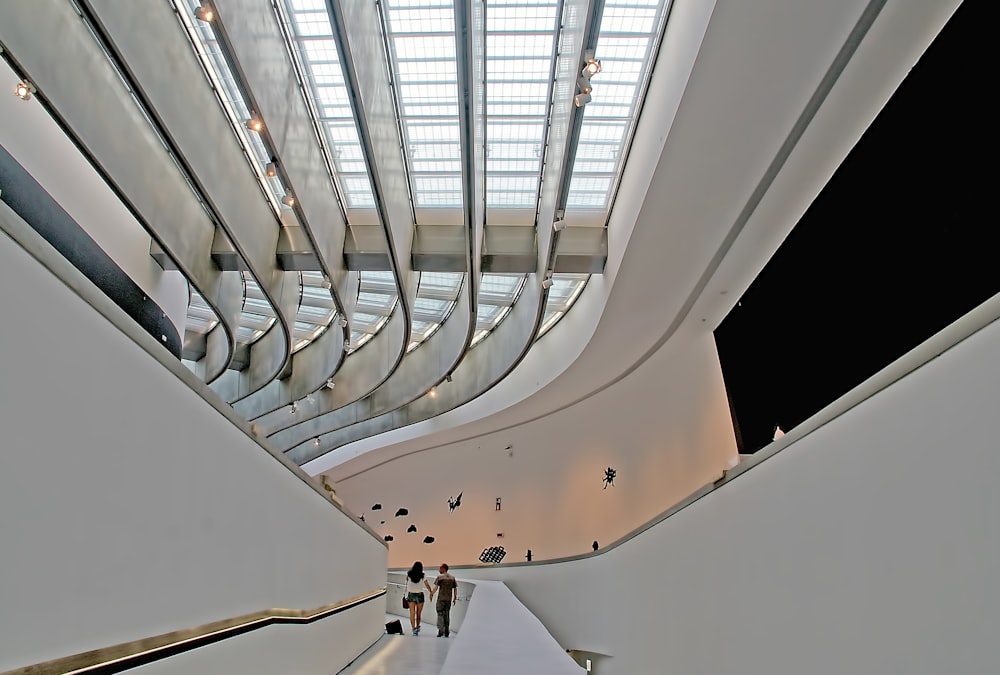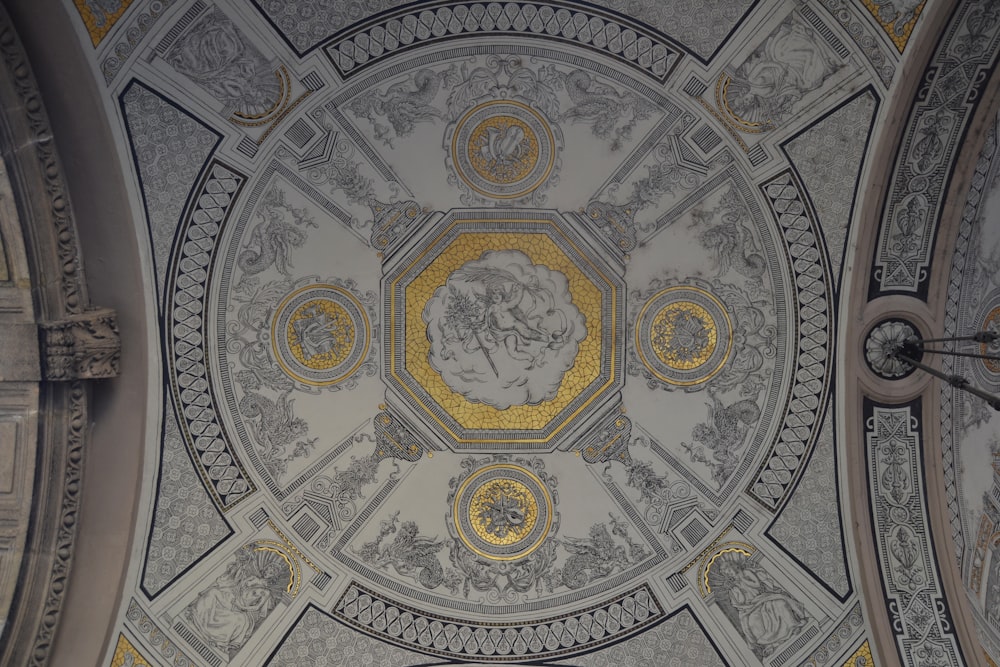Exploring the Essence of Byzantine Style
Nestled within the annals of art and architecture history lies the Byzantine style—a testament to the opulence, grandeur, and spiritual depth of the Eastern Roman Empire. Spanning over a millennium, Byzantine art and architecture have left an indelible mark on the world, inspiring awe and admiration with their intricate mosaics, majestic domes, and ornate decorations. Let us embark on a journey through the timeless legacy of Byzantine style, unraveling its mysteries and marvels.
Origins and Influences
The roots of Byzantine style can be traced back to the merging of Roman, Greek, and Oriental influences. Emerging in the 4th century AD, it flourished under the patronage of Byzantine emperors, particularly during the reign of Emperor Justinian I. This fusion of cultures gave rise to a unique artistic language that found expression in the empire’s religious, civic, and imperial structures.
Awe-Inspiring Architecture: The Majesty of Domes
One of the most iconic features of Byzantine architecture is the majestic dome, symbolizing the heavens and divine presence. The Hagia Sophia in Constantinople, now Istanbul, stands as a prime example of this architectural marvel. Completed in 537 AD, its massive dome seemed to defy gravity, supported by innovative architectural techniques. The dome of Hagia Sophia, with its celestial symbolism and intricate mosaic decorations, continues to mesmerize visitors to this day.
Intricate Mosaics: A Symphony of Color and Light
The Byzantine era is renowned for its exquisite mosaic artistry, adorning the interiors of churches, palaces, and public buildings. These intricate works of art, made from thousands of pieces of colored glass and stone, depicted religious scenes, saints, and emperors. The mosaics of the Basilica of San Vitale in Ravenna, Italy, are a stunning example of Byzantine artistry, with their shimmering gold backgrounds and intricate detailing.
Iconography and Symbolism: Divine Narratives in Art
Byzantine art was deeply rooted in religious beliefs and iconography, serving as a visual expression of Christian theology. Icons, religious paintings on wood panels, played a central role in Byzantine religious practice, serving as windows to the divine. The depiction of Christ Pantocrator, the Virgin Mary, and saints conveyed spiritual truths and provided comfort to believers. These icons, with their stylized forms and solemn expressions, continue to be revered in Orthodox Christian worship.
Architectural Splendor: Basilicas and Churches
Byzantine basilicas and churches, with their central domes and elongated plans, became the hallmark of Byzantine architectural style. The Basilica of St. Mark’s in Venice, inspired by Byzantine prototypes, features a stunning array of marble columns, intricate mosaics, and golden domes. These sacred spaces were designed to elevate the soul, with their soaring arches, glittering mosaics, and flickering candlelight creating an atmosphere of divine presence.
The Legacy of Iconoclasm: Artistic Evolution
The Byzantine Empire experienced periods of iconoclasm, during which religious icons were banned and destroyed. This tumultuous period, spanning from the 8th to the 9th centuries AD, led to a shift in artistic expression. Byzantine artists began to focus on more abstract forms and decorative motifs, such as geometric patterns and stylized foliage. This evolution in artistic style paved the way for the intricate, geometric designs seen in later Byzantine art and architecture.
Imperial Splendor: The Great Palace of Constantinople
The Great Palace of Constantinople, the residence of Byzantine emperors, was a symbol of imperial power and grandeur. Spanning over four acres, this sprawling complex housed luxurious residences, audience halls, and ceremonial chambers. The Chrysotriklinos, or Golden Hall, was a dazzling display of Byzantine opulence, with its gold mosaics, marble columns, and elaborate decorations. The Great Palace stood as a testament to the wealth and sophistication of the Byzantine Empire.
Cultural Exchange: Byzantine Influence on Islamic Art
The influence of Byzantine art and architecture extended far beyond the empire’s borders, reaching the Islamic world. In regions such as Syria, Egypt, and Persia, Byzantine motifs and techniques were incorporated into Islamic art and architecture. The Umayyad Mosque in Damascus, with its grand domed sanctuary and intricate mosaics, bears striking similarities to Byzantine architectural forms. This cultural exchange enriched both Byzantine and Islamic art, creating a fusion of styles that defined the artistic landscape of the Middle Ages.
The Lasting Legacy of Byzantine Style
Though the Byzantine Empire eventually fell to the Ottoman Turks in 1453, its legacy of art and architecture endures to this day. From the magnificent domes of Hagia Sophia to the shimmering mosaics of Ravenna, Byzantine style continues to captivate and inspire. Its influence can be seen in the art and architecture of later periods, from the Renaissance to the Baroque. Byzantine style remains a timeless legacy of artistic brilliance, spiritual depth, and cultural richness.
Byzantine Style: A Testament to Artistic Brilliance
Origins and Influences of Byzantine Style
Awe-Inspiring Architecture: The Majesty of Domes
Intricate Mosaics: A Symphony of Color and Light
Iconography and Symbolism: Divine Narratives in Art
Architectural Splendor: Basilicas and Churches
The Legacy of Iconoclasm: Artistic Evolution
Imperial Splendor: The Great Palace of Constantinople
Cultural Exchange: Byzantine Influence on Islamic Art
The Lasting Legacy of Byzantine Style Read more about byzantine style

:max_bytes(150000):strip_icc()/GettyImages-1084171152-8445a490b5894f0a9bb588dbfc2ac22d.jpg)











